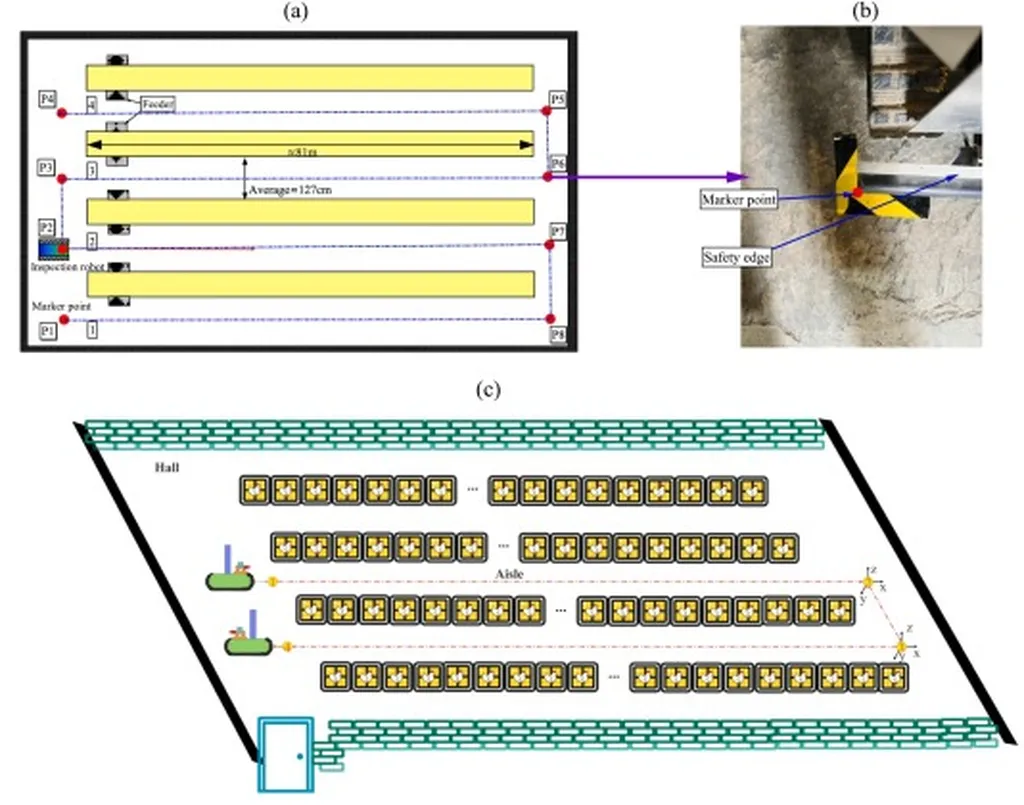In the realm of robotic design, a novel approach inspired by the intricate patterns of three-dimensional Hilbert curves is making waves, with potential implications for the energy sector’s most challenging environments. K. Shi, a researcher from the College of Mechanical and Electronic Engineering at Shandong University of Science and Technology in China, has introduced a mobile mechanism that could revolutionize how we navigate confined spaces.
Shi’s research, published in the journal *Mechanical Sciences* (translated from Chinese as *机械科学*), presents two innovative mechanisms: the Hilbert First-order Curve Mobile Mechanism (HFCM) and the Second-order Curve Mobile Mechanism (HSCM). The HFCM, a bipedal system, utilizes seven actuated telescopic joints to mimic the geometric expansion and contraction behavior of the first-order Hilbert curve. This design allows the mechanism to adapt its morphology, much like an amoeba, to maneuver through tight spaces such as narrow pipelines and rubble zones.
“The HFCM’s design is inspired by the natural world,” Shi explains. “Its amoeba-like adaptability enables it to navigate environments that are currently inaccessible to traditional robotic systems.”
The HFCM’s capabilities were confirmed through stability analysis, kinematic modeling, and experimental validation. It demonstrated proficiency in static walking, rotational motion, and even stair negotiation on planar surfaces. The HSCM, based on the second-order Hilbert curve, underwent comprehensive gait planning and dynamic stability evaluation. Simulations using ADAMS software validated its planar translation and omni-directional rotation performance under uniform mass distribution.
The potential commercial impacts for the energy sector are significant. These mechanisms could be deployed in disaster response scenarios, such as inspecting and repairing pipelines in confined or hazardous environments. They could also be used in the maintenance and inspection of offshore wind turbines, where access is often limited and conditions are challenging.
“This research establishes a novel design framework for reconfigurable mechanisms,” Shi notes. “Future work will focus on developing higher-order Hilbert curve-based systems and exploring their applications in disaster response robotics.”
The implications of this research extend beyond the energy sector. The adaptability and maneuverability of these mechanisms could be applied in various fields, from search and rescue operations to medical robotics. As the technology advances, we may see a new generation of robots capable of navigating the most challenging environments with ease.
In the words of Shi, “The future of robotic design lies in adaptability and reconfigurability. These mechanisms are just the beginning.”

